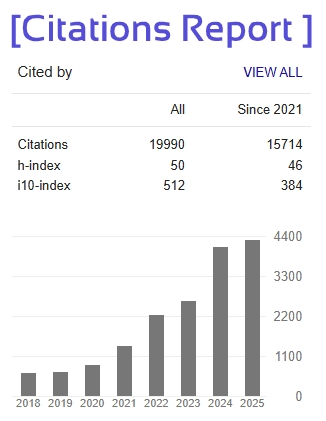Urban Poverty in Bihar, India: A Comprehensive Analysis
AUTHOR
L. LOLAKSHI SOLANKI
BBA, LL.B (Hons)
SAVEETHA SCHOOL OF LAW
SAVEETHA INSTITUTE OF MEDICAL AND TECHNICAL SCIENCES (SIMATS)
CHENNAI 600077
EMAIL ID: lolakshisolanki29@gmail.com
CO-AUTHOR
JAYASREE MARIAPPAN
BBA, LL.B (Hons)
SAVEETHA SCHOOL OF LAW
SAVEETHA INSTITUTE OF MEDICAL AND TECHNICAL SCIENCES (SIMATS)
CHENNAI 600077
EMAIL ID: csjayasreemariappan@gmail.com
ABSTRACT
This study's focus on urban poverty in Bihar is vital because urban areas, while often perceived as centers of economic activity, can still harbor significant pockets of deprivation. Understanding the specific characteristics and trends of urban poverty is distinct from rural poverty due to factors like higher living costs, different employment opportunities, and the nature of social support systems. Data collection involved both primary methods, such as questionnaires, and secondary sources, including literature reviews and journals. Convenience sampling was employed to gather relevant information. Historically, Bihar has grappled with high poverty levels. As per a study, the intensity of urban poverty in Bihar was reported at 49.00%, the highest among Indian states. However, initiatives like the Pradhan Mantri Awas Yojana (PMAY) have made significant strides in addressing housing shortages among the urban poor. As of June 2024, PMAY-Urban had sanctioned over 1.18 crore houses nationwide, with substantial progress in construction and completion. In Bihar, challenges such as unclear land ownership records have posed obstacles, yet efforts continue to ensure housing for all. While urban poverty persists in Bihar, especially due to factors like unemployment and inadequate infrastructure, government schemes have contributed to improvements in housing conditions. Continued focus on comprehensive poverty alleviation strategies is essential to address the multifaceted nature of urban poverty in the state.
KEYWORDS: Slum, Poverty, Pradhan Mantri Awas Yojana, Per capita income.







